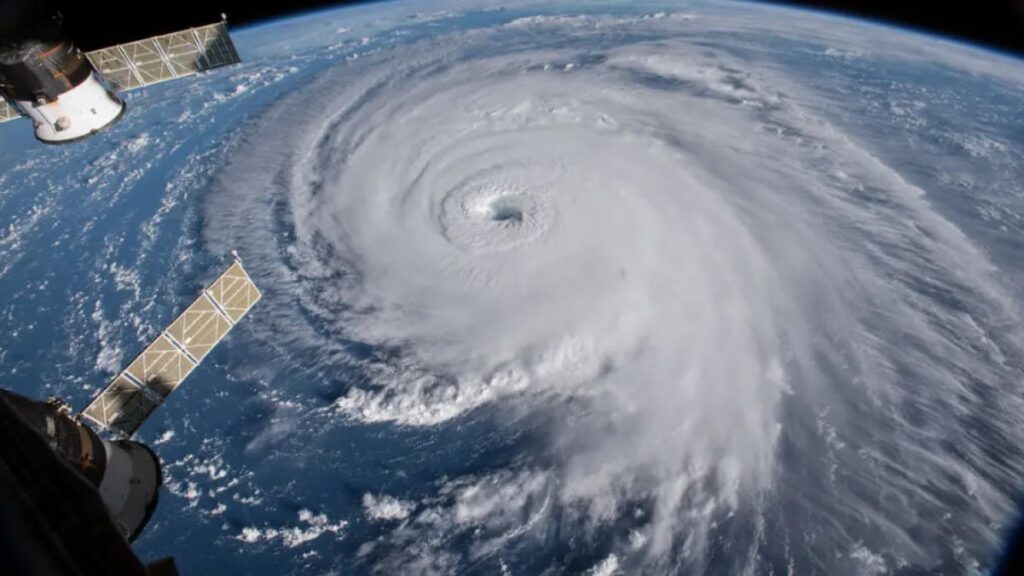Hurricane Milton, which strengthened from a tropical storm on Sunday to a Category 5 hurricane by Monday, is the best example of how quickly hurricanes can escalate. With sustained winds reaching 180 mph (298 km/h), Milton weakened slightly before potentially reaching the Florida coast around October 9 or 10, 2024. This begs the question: How powerful can hurricanes get?
There is a theoretical upper limit to hurricane strength, known as maximum potential intensity. While current models set this limit around 200 mph (322 km/h), it is not fixed. As climate change progresses, ocean temperatures are expected to rise, which could push this threshold higher. According to Kerry Emanuel, an atmospheric scientist at MIT, storms in excess of 220 mph could be possible by the end of the century if carbon emissions are not curbed.
What affects hurricane strength?
Hurricanes draw energy from warm ocean waters. The higher the sea temperature, the more fuel the storm has to boost. In addition to ocean heat, factors such as wind shear and atmospheric conditions play a key role. For example, too much wind shear can disrupt a hurricane’s structure and weaken it.
However, the trend of increasingly stronger storms is undeniable. Research by James Kossin, a retired NOAA climate scientist, suggests that in recent decades the proportion of major hurricanes has increased, and more storms are reaching their full potential intensity.
Should there be a category 6?
Currently, the Saffir-Simpson scale limits hurricane strength to Category 5, which includes storms with sustained winds over 157 mph. However, some scientists, including Michael Wehner of the Lawrence Berkeley National Laboratory, believe a new Category 6 should be introduced for storms over 200 km/h


